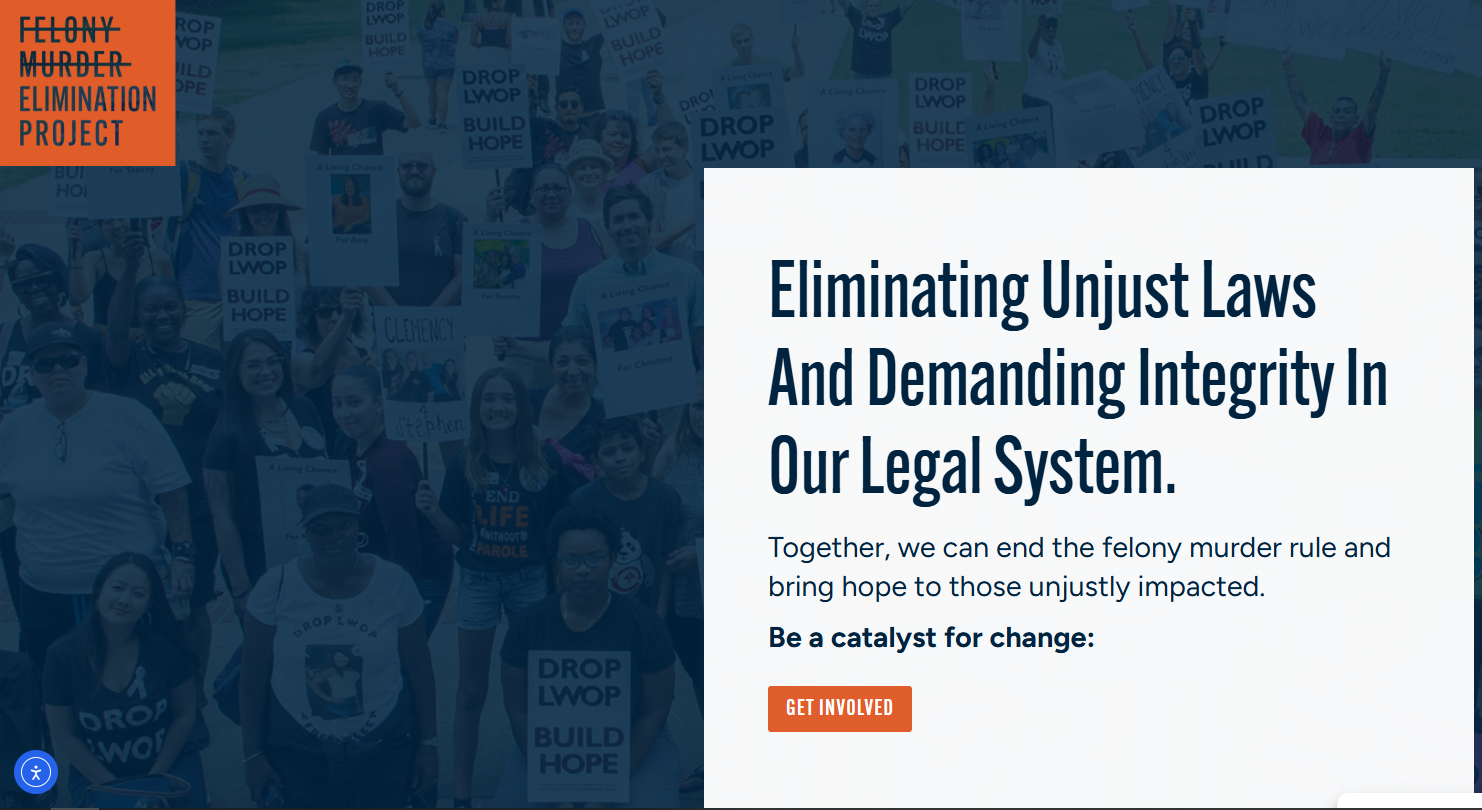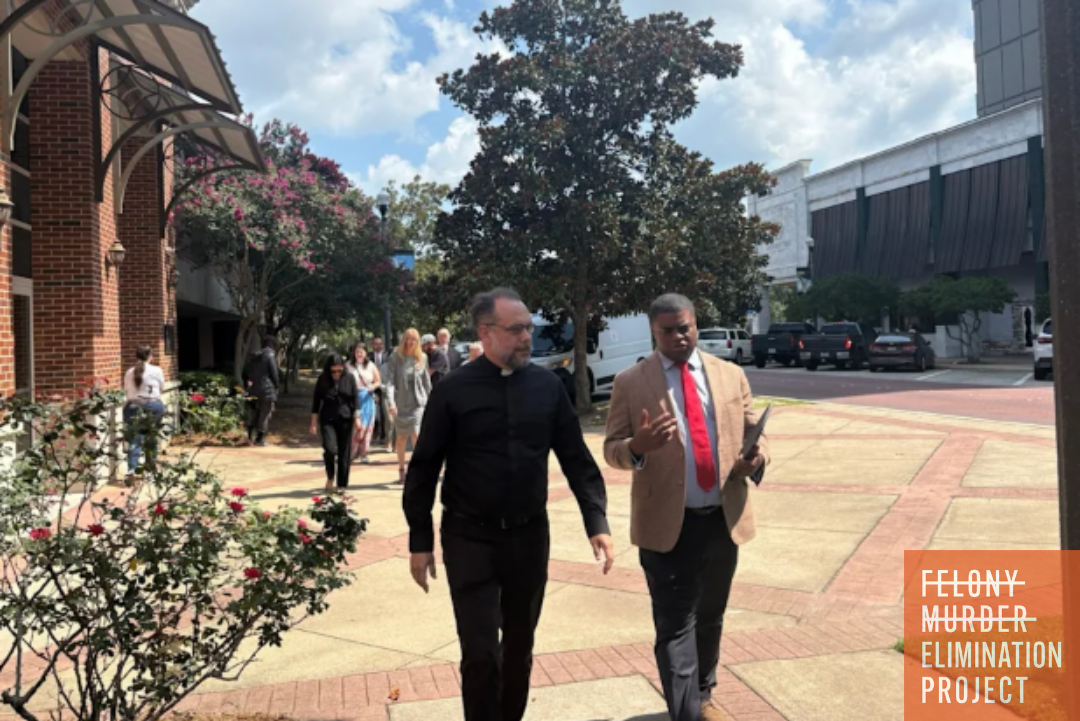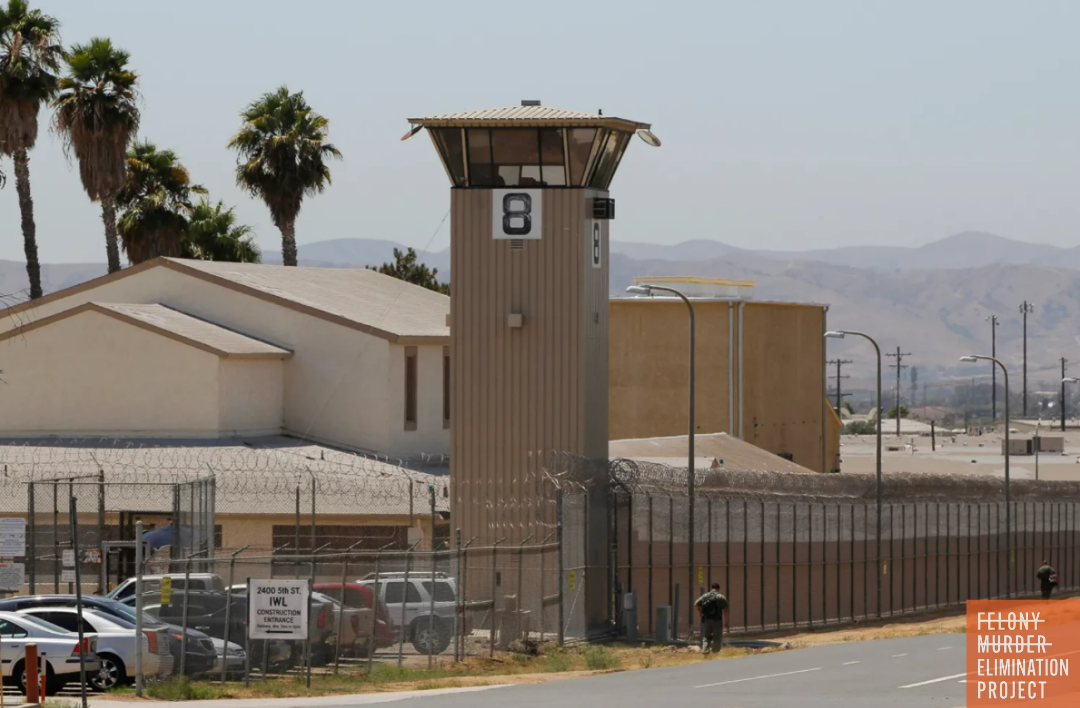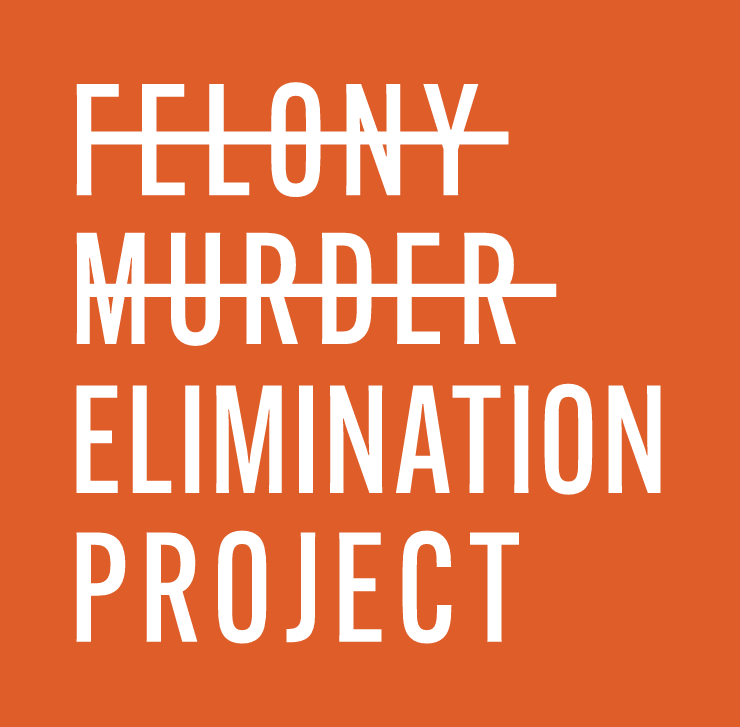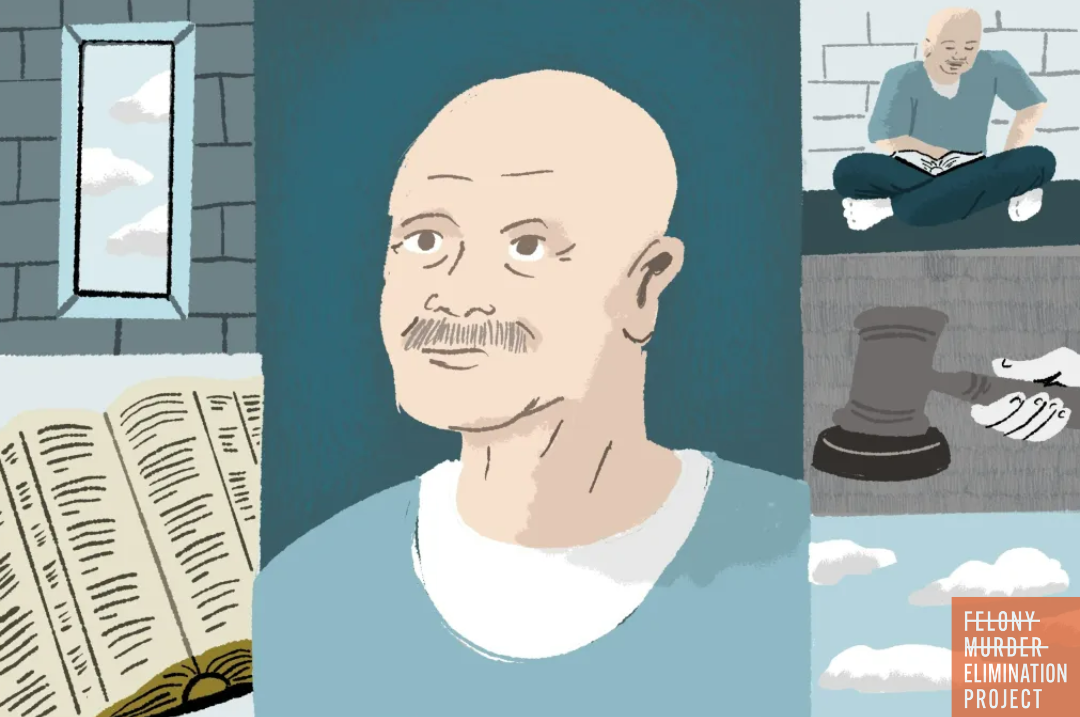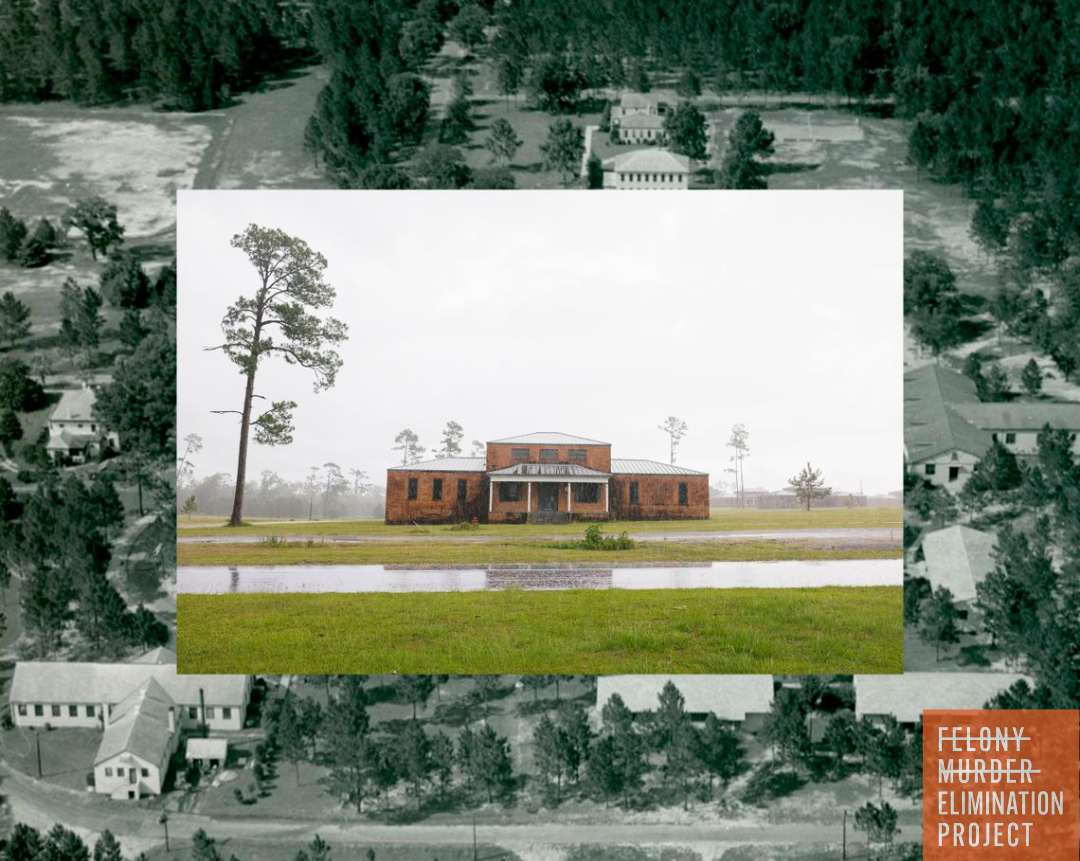Lessons Learned from COVID Impacts on Youth Justice Systems
Creativity used during pandemic can integrate into standard procedures
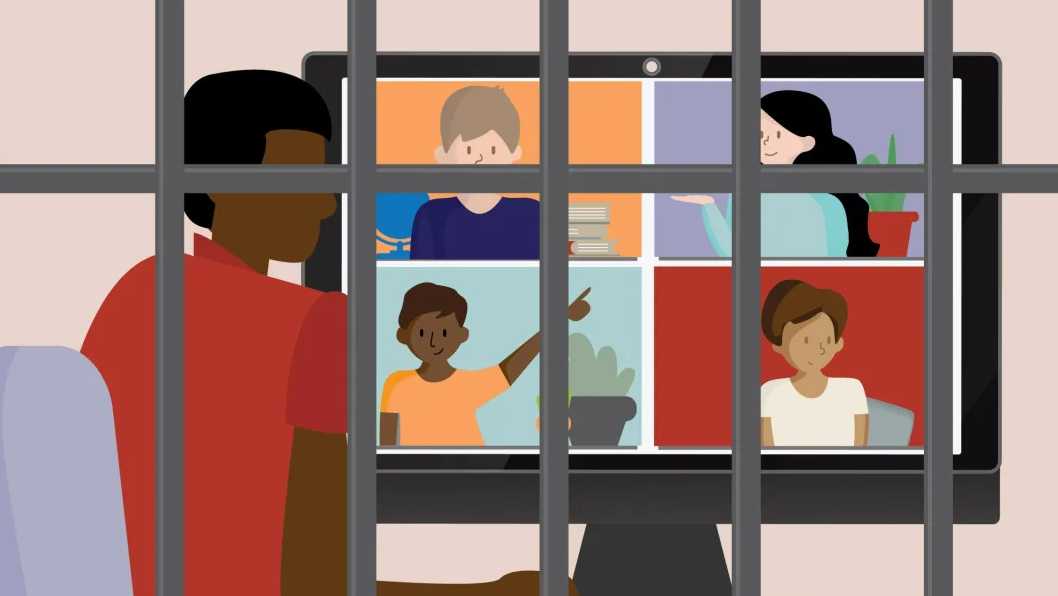
The COVID-19 pandemic forced youth justice agencies to address the overwhelming challenge of maintaining 24/7 daily operations while ensuring the safety and well-being of staff and youth in their care. Juvenile justice leaders had to think quickly and generate creative solutions to the challenges they faced.
Though the discussion about whether or not the pandemic is over is up for debate, facilities are beginning to resume "normal" practices. While some communities have sustained reductions in youth incarceration, others have seen youth detention and placement populations rise and even eclipse pre-pandemic levels. Those facilities and their governing systems would be wise to call upon the creative solutions used during the pandemic and integrate them into standard operating procedures. Many of these creative strategies were successful in maintaining contact with juvenile offenders, their families and community supports during COVID while also reducing facility populations with no discernable impact on recidivism rates.
Four national research and advocacy organizations — the Center for Children’s Law and Policy, Justice for Families, the Justice Policy Institute, and the National Juvenile Justice Network collaborated on a to study examining state and local policy and practice changes that effectively reduced reliance on youth incarceration during the COVID-19 pandemic. This collaboration resulted in a series of publications illustrating how agencies across the country can safely reduce reliance on youth incarceration and invest in more effective community-based strategies to support justice-involved youth and families.
Visit the Justice Policy Institute website to read these available reports focusing on:
- Advocacy strategies to advance decarceration that began during the pandemic.
- Insight from families impacted by changes to the juvenile justice system as a result of COVID-19.
- Insight from justice practitioners in three different states.
- Lessons from five highlighted sites examining their juvenile justice administration practices during COVID-19.
- Individual examples from different state and county jurisdictions.

